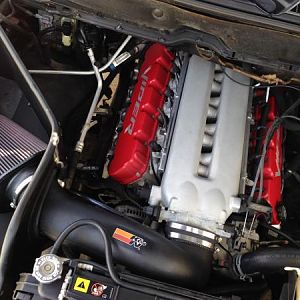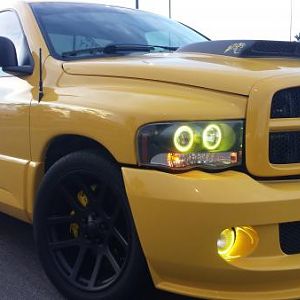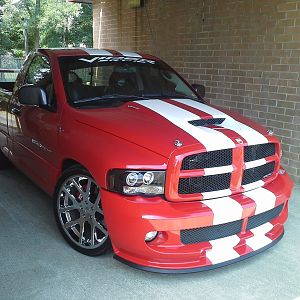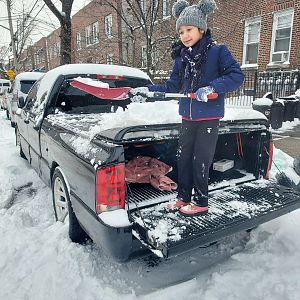- Joined
- Feb 1, 2008
- Messages
- 522
- Reaction score
- 0
pokeytemplar said:And I have never disagreed that a turbo doesn't create more power than it uses. I want to calculate how much power it is using! That is the purpose of the entire thread. HOW DO YOU CALCULATE THE LOSS (energy required to drive the turbo).
I am taking this all in good spirit.
The power required to drive the compressor on a belt driven centrifugal SC and a turbo is essentially the same.
So, based on a given mass airflow rate and boost pressure desired and factoring in the efficiency of the compressor itself, you can calculate fairly accurately what the power would be required to drive the compressor. This forum does not make it easy to paste complex expressions and formulas inline with the text, so if you really want the derivation of how to calculate the power required, I guess I could try to include the formulas as a jpg image or something.
Anyway, as an example, a 350ci engine turning 6000rpm with a desired boost of 15 psi with a compressor efficiency of 65% would require around 53 hp to drive the compressor. So, if you were to power the compressor side with an electric motor, it would take around a 53 hp motor to drive it. If you were to then bolt the compressor onto the engine itself and power the compressor with a belt (such as on a belt driven centrifugal SC), the engine would make about 53 hp less since it is now having to power the SC.
If you were to then mount the compressor onto a turbine in the exhaust stream (such as a turbocharger), you could have it set up so that you gain most or all of the 53 hp back at the same 15 psi boost pressure.
The difference is that the power to drive it on the turbo can be set up so that there is no net cost to the motor. Since the backpressure differential in the exhaust can be less than the boost differential in the intake.
But, you are correct in that the example with the electric motor would create more power than the example with the turbo, and yes it would be due to back pressure, which makes my previous example several pages back a bit inaccurate, but it was for illustrative purposes only.
The power required to drive the compressor is given by W=MCp(T2-T1), where M = mass air flow rate, Cp = specific heat of air, and T2 and T1 are the temperatures after and before compression repectively. If you can measure these, you can calculate power required to drive the compressor. But, that still won't equal the power cost to the engine if the compressor is connected to a turbine rather than to the crank through a belt.
Last edited:





